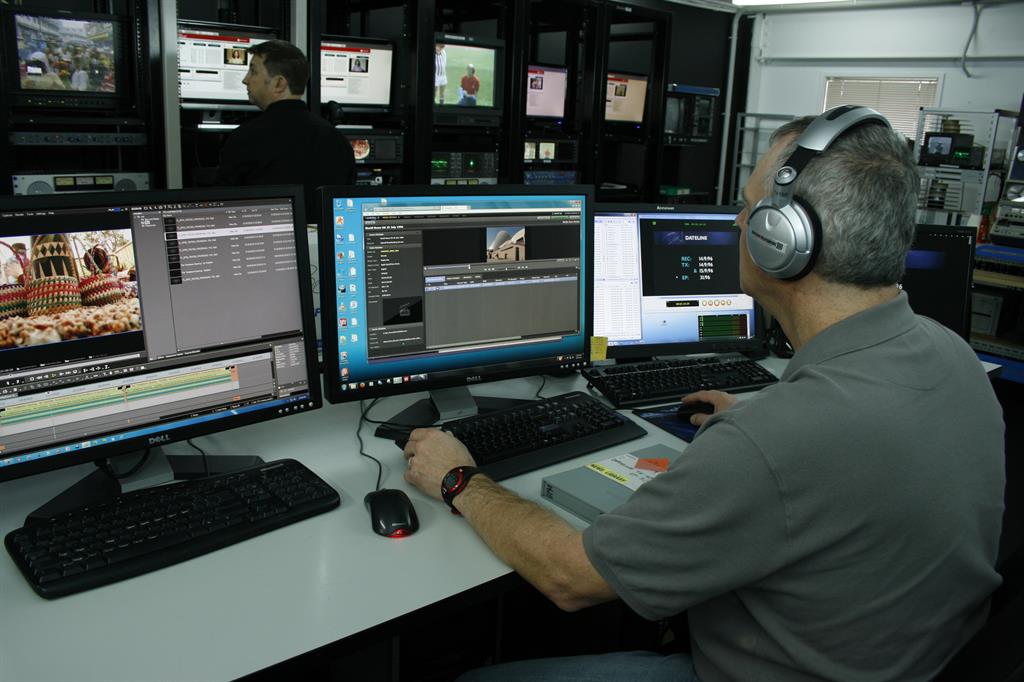TMD manages metadata for specialist digitisation centre
TMD, the leading provider of asset management systems for digital and physical assets, has implemented a Mediaflex LE asset management system at DAMsmart in Canberra, Australia. The TMD software forms a central part of DAMsmart’s specialist digitisation services, which provide archive preservation for some of the leading broadcasters, production companies and audiovisual archives in the Asia-Pacific region.
Recognising that a wealth of commercially and culturally valuable material existed only on analogue tapes and film, the founders of DAMsmart established a business which would automate the digitisation of this content and its preservation on LTO tape. As part of the service, they needed to be able to associate all available metadata with the content, delivering to clients a complete package, quickly and cost-effectively.
“What we needed was a highly flexible asset management system, because for each client the nature and the depth of information varies,” said Andrew Martin, media migration manager at DAMsmart. “We may only get from the client a limited amount of information on an Excel spreadsheet, which needs to be transferred along with updated information drawn from the digitisation process.
“So our primary requirement was for a platform that was flexible enough to take in data in any form, and completely reliable in database transformation, so that we waste no time in manually moving information,” he explained. “I had worked with TMD before at the National Film and Sound Archive, so I knew that Mediaflex was the right product for us.”
Mediaflex is a modular asset management system. At DAMsmart the Acquisitions module harvests the third party data into a new record, assigns a new accession number and barcodes, and sets up the storage. The Mediaflex Ingest module then interfaces with the Front Porch Digital encoders to create and identify new content records at archive, duplication and proxy resolution, as well as updating the metadata with accurate information such as digital checksum, duration and format.
Mediaflex Assessment interprets the automated quality control checks at various stages of the process, warning operators of the need for manual inspection and restoration if required. Finally, Mediaflex Storage manages the transfer to deliverable LTO tapes, with the completed asset management information exported as an XML file for clients.
“Given the fact that analogue and digital VTR formats are no longer supported, I cannot understate the need for content owners to move to a digitised archive immediately,” said Carlton Smith, CTO, TMD. “DAMsmart is leading the way, and I am sure we will see many more businesses set up to provide a scalable digitisation resource for broadcasters and producers who need to preserve their heritage.
The professional video industry's #1 source for news, trends and product and tech information. Sign up below.
“The skills of DAMsmart in digitisation and restoration are backed up by a simple but 100% reliable metadata management system in TMD Mediaflex,” Smith continued. “Operators can set up the workflow for data migration and digitisation to suit each client, confident that the end result will be an ordered, precise and compact database alongside the digital content files.”
Clients of DAMsmart include production companies such as Crawford, broadcasters such as SBS, specialist bodies like the Olympic Council of Asia and audiovisual collections such as the National Archives of Singapore.
TMD will be exhibiting at BroadcastAsia on Stand 5E4-05 and Tony Taylor, Chairman and CEO of TMD will be presenting a paper on “How to successfully design and implement a MAM system that works for your business” at the Broadcast Engineering and Technology Conference (Track 4) on 19 June.

